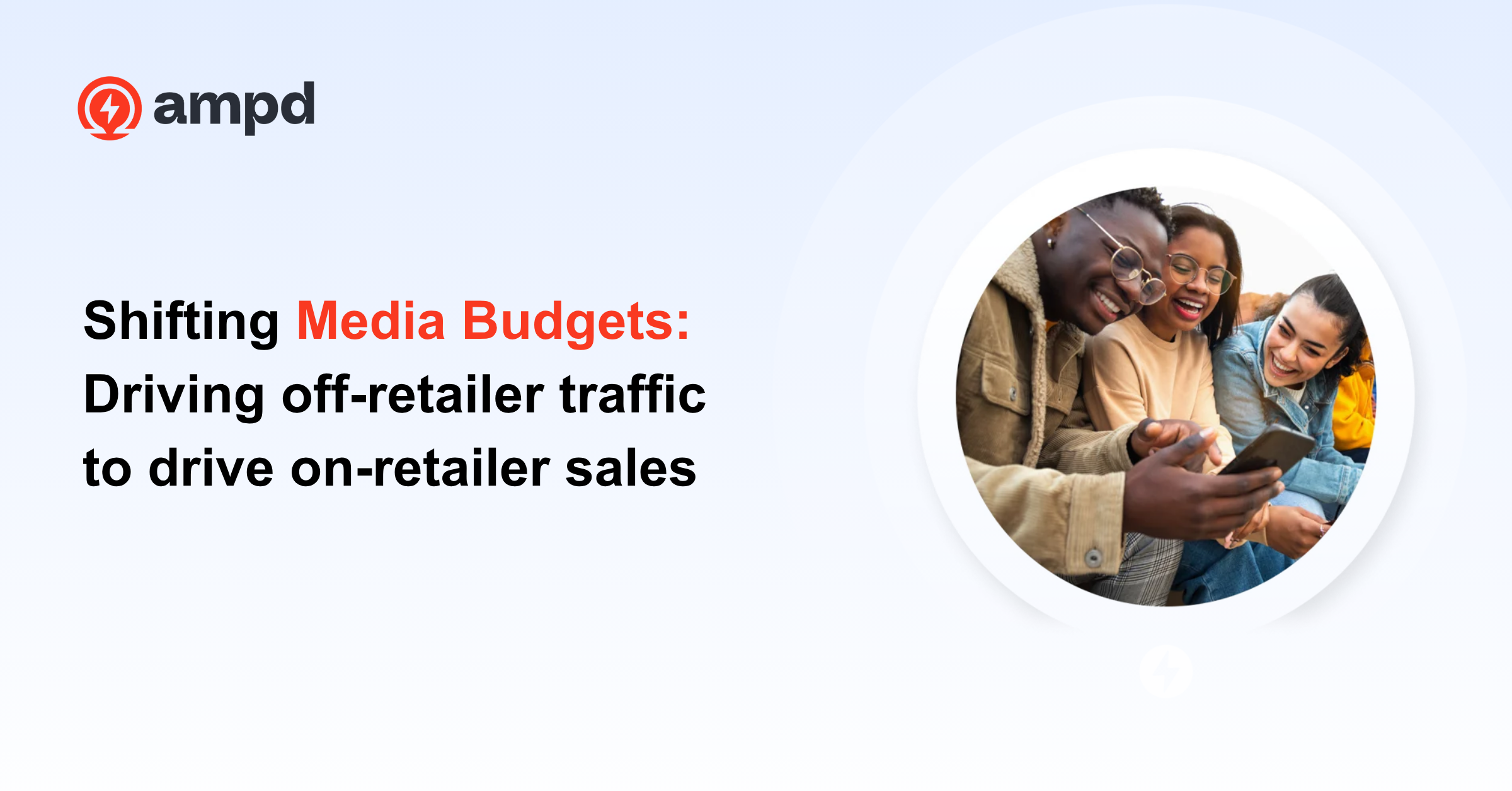In the world of eCommerce, storytelling can play a crucial role in guiding customers in choosing products and making purchases. In fact, data storytelling takes marketers one step further from seeing what is happening to why it’s happening. eCommerce businesses that take performance data into account are more successful in increasing conversions. The question is, where do data and storytelling connect and how can you use it for your business today?
What is a Compelling Story?
The art of storytelling has been around since the beginning of speech - and there is a reason why humans keep telling stories to each other. No matter the topic or the vertical, stories help us connect on a deeper, more human level.
A compelling story follows the classic hero’s journey and consists of four main components:
-
The hero - your customers
-
The mentor - your business
-
The enemy or challenge - your customer’s problem
-
The solution - your product
Storytelling works in business, too. Retailers who know their customers’ journey and can offer advice or a solution to their problem will find themselves loyal customers who believe in your brand. This deeper connection results in more future purchases, reviews, and referrals. For instance, if you are selling back braces, your customer (the hero) will need you (the mentor) to help them ease their back pain (the enemy) using your back brace (the solution).
How Do You Connect Data with Storytelling?
On its own, data doesn’t mean much. But when you mesh it together with a fascinating, coherent story, your narrative becomes compelling and draws in the customer. Your audience is interested in engaging content where they see a reflection of themselves in the brand itself. If you can develop a way to reflect your customers’ interests and stories using your own data, your business will be more successful. So where do you start?
Find Your Story
Start with a question that your content can answer. To find a valuable question, ask yourself the following:
-
What is my customer’s most important question about my product or service?
-
What is my customer’s biggest problem?
-
How can my product or service solve their issue?
Define a Framework
Decide how you’re going to analyze your data and work it into a story. You should understand how your data will mesh into something compelling and engaging before you start working on your story. Your story needs a framework designed around the amount of information your audience already has and how your content can best answer their needs.
Know Your Audience
Research your target audience. Are they novices to your topic, or have they been working in this field or with this idea for years? Understand who your audience is and whether you need to be heavy in background details or go more in-depth with the data. A robust framework is essential and understanding your audience is the key to your frame.
-
Novice: New to the subject but don’t want the content to be fundamental.
-
Generalist: Prior exposure to the issue. Looking for a general explanation encompassing major themes.
-
Manager: Looking for in-depth information and actionable comprehension and specifics.
-
Expert: Highly knowledgeable of the topic and looking for less storytelling and more data and details.
-
Executive: Less time to go over the content and look for easy-to-absorb significant points and conclusions.
Research data
Find the data that will apply to your story. Start by determining what you need, then use search engines and other reliable resources for your research. There are a plethora of public data websites at your disposal. A small handful includes:
-
Government databases
-
State agency databases
-
Google Public Data Explorer
-
Google Trends
-
Journalist’s Toolbox
-
Freebase
Vet Your Data
It’s a fantastic feeling when you find the perfect data. It’s a horrible feeling when you discover your data is incorrect - especially if it’s after you publish your content. Research and vet your data to maintain and even increase your content and site's credibility. Academic journals and research reports from professional entities are excellent starting points. Blogs are not!
Sift Through Your Data
So, you have your story framework, and you have a mountain of data. What next? Sift through it and start weeding out the duds. Not every data point you find will be essential to your content. If you got carried away with your data hunt, you need to make sure you’re not going to overwhelm your audience. Filter through what you found and come out with the winners.
Choose How You’ll Present Your Data
Now that you have your data whittled down to the valuable pieces, you need to decide how you’ll present it to the reader. Will it be in product descriptions, blog posts, an infographic, or web page content? It can be one or all at the same time, depending on your content strategy. The key takeaway of this step is keeping it simple and digestible.
Put it Together
Once you’ve developed an idea and framework, researched your audience, examined your data and filtered it down, and created your visualization, it’s time to put it all together. Give your compelling story life. Be original and offer a unique look into your topic that hasn’t been done a thousand times before.

